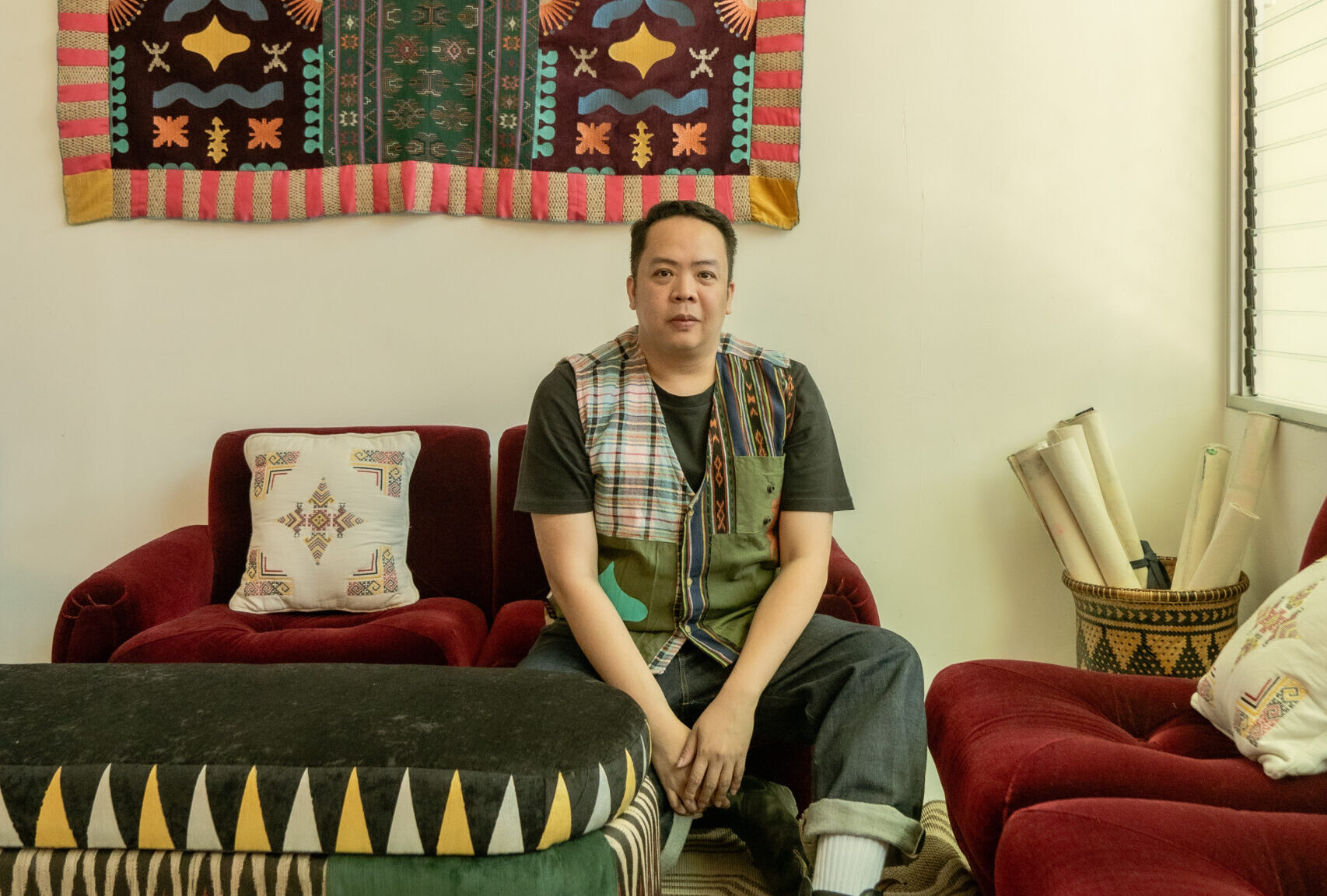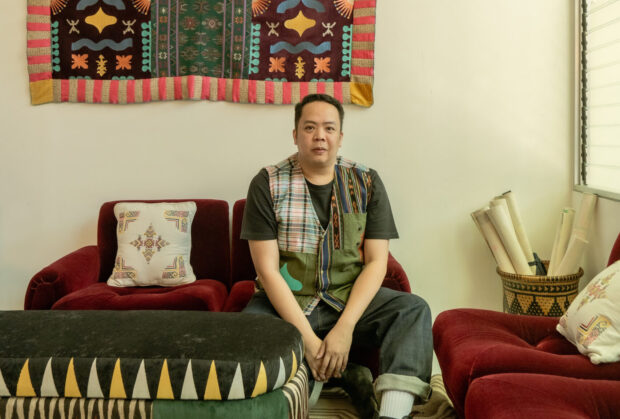Of the 130 existing languages in the Philippines, close to 40 are considered endangered as speakers are only about 8,000 or less and are slowly diminishing since their mother tongues are no longer the language of choice and use, replaced by Filipino or in other areas, Ilocano and Sebwano.
In the province of Bataan, the Komisyon sa Wikang Filipino (KWF) has embarked on a landmark project to revitalize the dying Ayta Magbukun language through the Language Immersion Program (LIP), the first such initiative in the country.
Sheilee Vega, KWF chief language researcher said the pilot area is in Barangay Bangkal, Abucay town where a language school called Bahay Wika was constructed to serve the Ayta group said to have only around 300 all-matured speakers.
She said a language is considered dying once the children do no longer use it and explained Tagalog is becoming the language of choice of the said ethnolinguistic group.
Kids and moms
Vega said LIP has two components—the Bahay Wika where children 2-4 years old are being taught by two community elders with teacher facilitators and a one-on-one Master-Apprentice Language Program where adult members of the ethnic group are being taught.
Aside from that, the mothers of the children are being taught also to assure the sustainability of the program.
Involved in the project which the KWF started in 2015 through a nationwide documentation are the provincial government of Bataan, provincial social welfare department, National Commission for Indigenous People-Bataan, Department of Education, and the National Commission for Culture and the Arts.
The teaching officially started last September in a two-room Bahay Wika school building with about 20 child students being taught by the elders and with assistance from two teachers.
Vega explained the kids who are taught from 8 a.m.-1 p.m. are also provided food while livelihood programs are being introduced to the community since “we cannot revive the language if we are not going to help them in the livelihood aspect.”
LIP is a two-year program intended to be turned over to the provincial government afterward for the latter to continue, manage, and possibly improve it further.
KWF likewise plans to replicate this initiative to the other dying languages in the country, said Vega.
Vega said there are other dying languages in the Philippines giving Arta of Quirino province as example where only 11 members of the community speak their language. –CONTRIBUTED








































